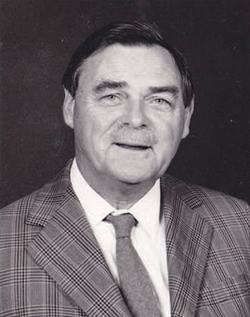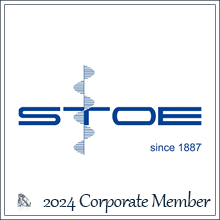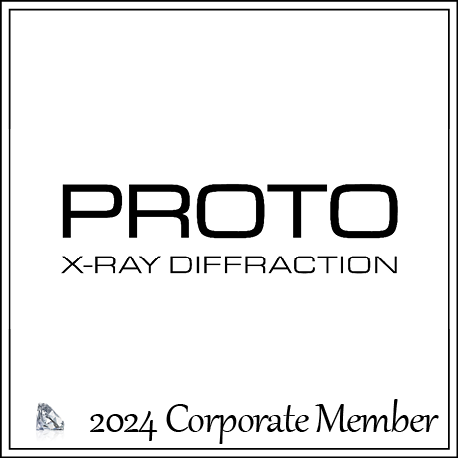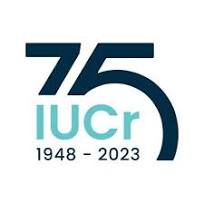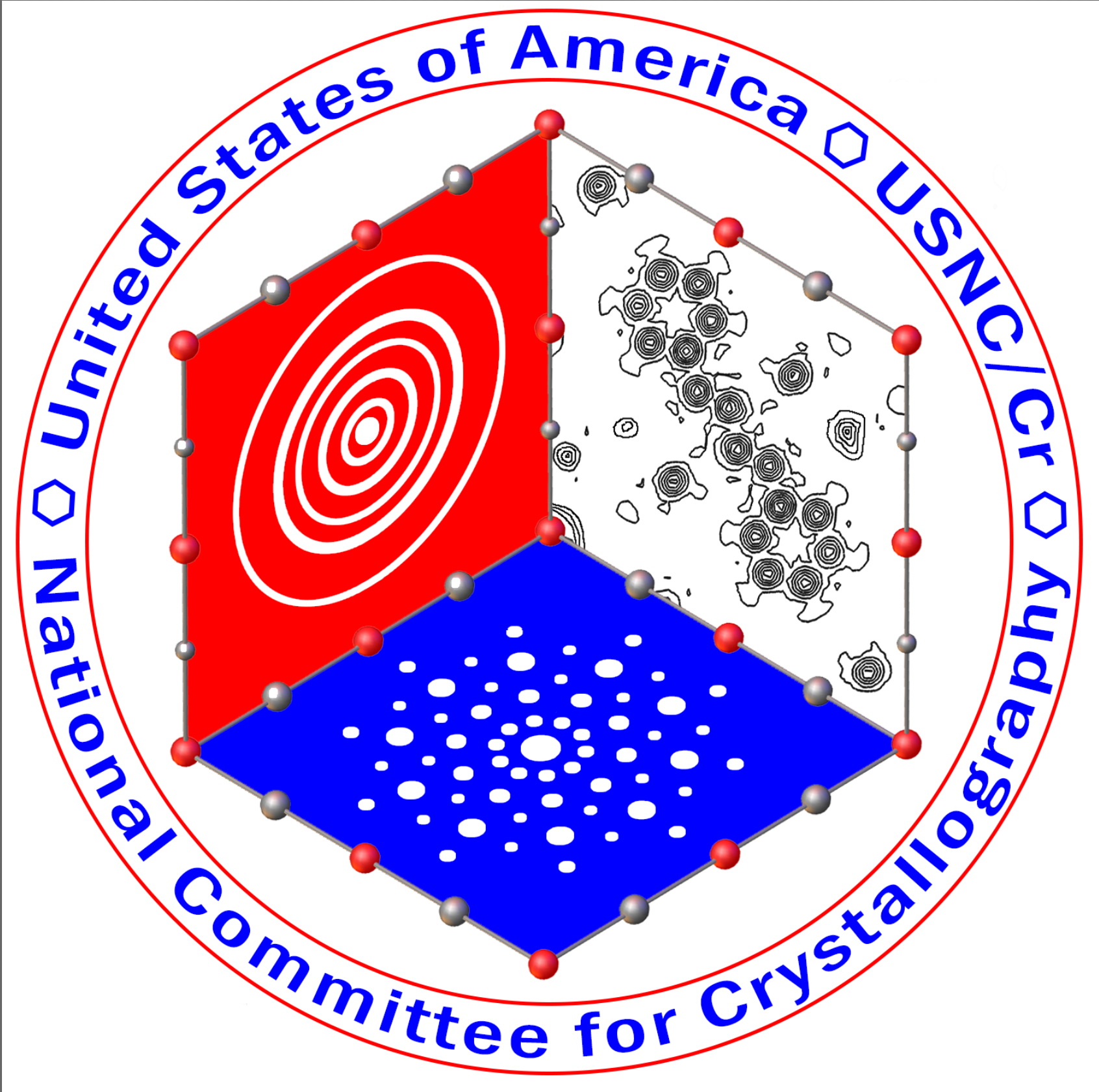- Home
- About ACA
- Publications & Resources
- Programs
- Annual Meeting
- Membership
- -History-
- ACA Video Library
|
An Interesting Interlude with Pyrolytic Graphite
Sandy Mathieson 20 Orange Gr, Camberwell, Melbourne, Victoria, 3124, Australia
In 1972, after a brief visit to New Zealand, Larry Calvert and his colleague, Eric Gabe, called in at the (then) Chemical Physics Division of CSIRO in Melbourne. Discussion with the Chief of the Division, Dr A.L.G.Rees, led to Larry coming to spend an extended spell with us in 1973 - 1974.
At that time, I was interested in certain aspects of extinction of an experimental nature rather than the more usual theoretical concerns. Originally, the subject had dealt with the shape of single crystal diffraction peaks (ref. 1). Since most single crystal X-ray peaks are too narrow to handle experimentally, my attention had been directed to pyrolytic graphite of which the 000l peaks were of a more feasible magnitude for experimental observations.
Joining us in these investigations was Reg Killean (Dr R.C.G. Killean, School of Physical Sciences, University of St. Andrews, Scotland). One aim was to investigate whether the level of polarization changes across a diffraction peak. A source of polarized X-rays of adequate intensity was needed. It turned out that graphite 0006 could be quite successfully used with CuKα1 (ref. 2). The basic arrangement for this experiment involved a Picker diffractometer with a pyrolytic graphite crystal set to provide the polarized beam. This beam of polarized monochromatic radiation passed through a hollow shaft constituting the collimator of a second small diffractometer (ref. 3) with the second pg crystal (the analyser). Mounted on the shaft was the detector arm which could rotate about the shaft. One could therefore take readings of intensity at 0º, 90º, 180º and 270º and deduce the polarization ratio at each angular setting of the specimen crystal at specific 2θ settings. The four readings allowed for internal checks. Thus, due to physical symmetry, readings at 90º and 270º should be equal.
This allowed a complete study of the change in polarization of the 0002 reflection of pyrolytic graphite (a ZYA specimen). This procedure allows for accurate average values of polarization ratios for any crystal monochromator system. A further experimental study was possible using the polarized monochromatic beam and the small diffractometer. This was to investigate the interaction with a turbostratic structure. For this purpose, the polarized beam is passed along a hollow shaft which constitutes the inlet collimator to the small diffractometer. Also attached to the shaft is the detector unit with the second (specimen) crystal adjustment. The intensity for each setting of the specimen crystal is determined and can be converted to an estimate of absorption. A full account is given in ref.5.
From the material studied in this last work, it was possible to obtain an estimate of the X-ray attenuation coefficient of carbon for CuKα1 radiation given in ref. 6. Larry was an enthusiastic and stimulating colleague and the three of us worked well together. The collaboration was both enjoyable and fruitful. The work carried out then has developed over the years and has led to a modified viewpoint on extinction.
(1) G. C. Darwin. Philos. Mag. 43, 800-829 (1922). (2) L.D.Calvert, R.C.G.Killean and A.McL.Mathieson. X-ray polarization with a pyrolytic graphite crystal. J. Applied Crystallogt, 7, 406 (1974a). (3) A. McM. Mathieson X-ray monochromator configurations and a monochrometer design for X-ray single crystal diffractometers. ,Rev. Sci. Instrum. 39, 1834 - 1837 (1968). (4) L. D.Calvert, R.C.G. Killean and A. McL. Mathieson. Polarization ratios of a pyrolytic graphite crystal for CuKα1 X-rays. In "Diffraction Studies of Real Atoms and Real Crystals. pp. 88 - 89 (Australian Academy of Science, Canberra, 1974b). (5) L.D.Calvert, R.C.G.Killean and A.McL.Mathieson. Transmitted-beam absorption from a turbostratic structure: pyrolytic graphite. Acta Crystallogr. A32, 648 - 652 (1976). (6) L.D.Calvert, R.C.G.Killean and A.McL.Mathieson. X-ray attenuation coefficient of carbon for CuKα1 radiation. Acta Crystallogr. A31, 855 - 6 (1975). |

